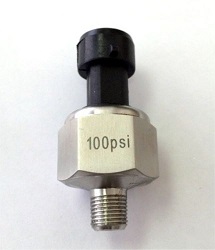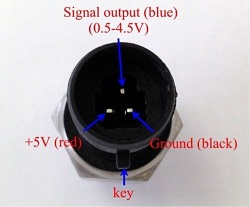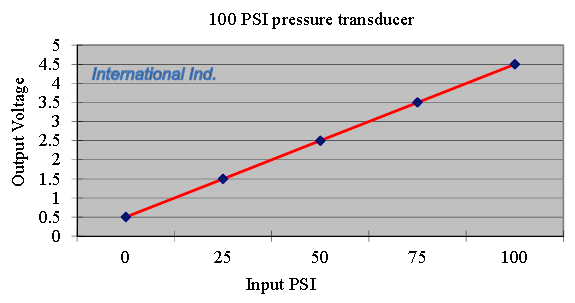Difference between revisions of "Analog Pressure sensor"
Jump to navigation
Jump to search
| Line 1: | Line 1: | ||
[[File:WIP.gif]] | [[File:WIP.gif]] | ||
| + | |||
| + | When you want to measure pressure of liquids like oil or water, you could buy one of the pressure sensors on the internet, like this one: | ||
[[File:PSI100.jpg]] [[File:PSI100_conn.jpg]] | [[File:PSI100.jpg]] [[File:PSI100_conn.jpg]] | ||
[[File:PSI.png]] | [[File:PSI.png]] | ||
| + | |||
| + | It is very easy to install, has an analog output and a linear conversion. | ||
| + | There are however two challenges: | ||
| + | 1 If you want to measure pressure in Bar, how is it converted from PSI | ||
| + | 2 How can voltages higher than 3.3 volts be measured with the on-board ADC | ||
| + | 3 How can you make sensible readings with ESPEasy | ||
---- | ---- | ||
| − | |||
| − | |||
| − | |||
| − | |||
| − | |||
| − | |||
| − | |||
| − | |||
| − | |||
| − | |||
| − | |||
| − | |||
| − | |||
| − | |||
| − | |||
| − | |||
Revision as of 22:52, 9 September 2016
When you want to measure pressure of liquids like oil or water, you could buy one of the pressure sensors on the internet, like this one:
It is very easy to install, has an analog output and a linear conversion. There are however two challenges: 1 If you want to measure pressure in Bar, how is it converted from PSI 2 How can voltages higher than 3.3 volts be measured with the on-board ADC 3 How can you make sensible readings with ESPEasy



